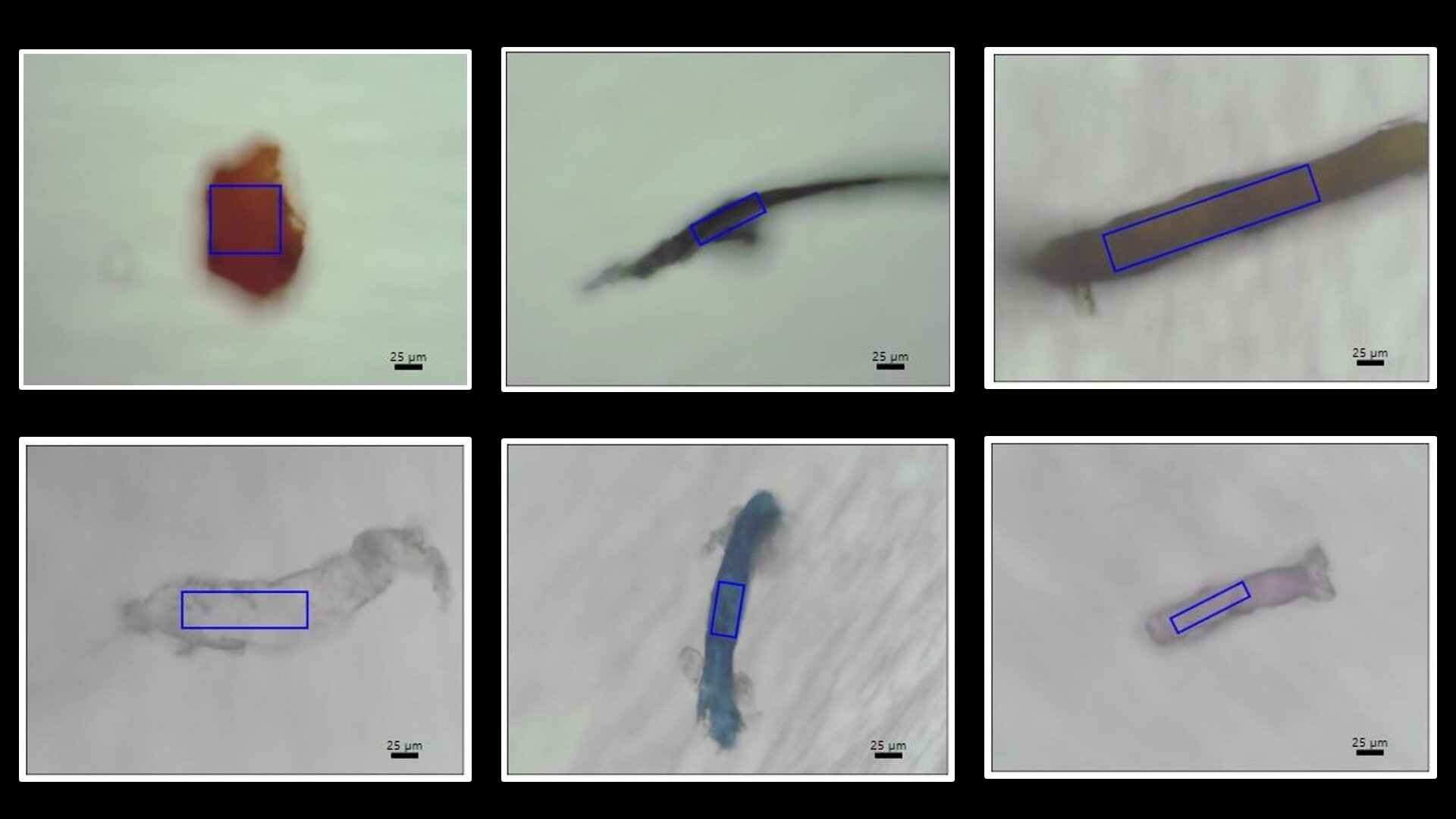Researchers from Japan and Thailand investigating microplastics in coral have found that all three parts of the coral anatomy—surface mucus, tissue, and skeleton—contain microplastics. The findings were made possible thanks to a new microplastic detection technique developed by the team and applied to coral for the first time.
These findings may also explain the “missing plastic problem” that has puzzled scientists, where about 70% of the plastic litter that has entered the oceans cannot be found. The team hypothesizes that coral may be acting as a “sink” for microplastics by absorbing it from the oceans. Their findings were published in the journal Science of the Total Environment.
[…]
As for types of microplastics, the team found that nylon, polyacetylene, and polyethylene terephthalate (PET) were the three most prevalent, accounting for 20.11%, 14.37%, and 9.77%, respectively, of the identified samples.


